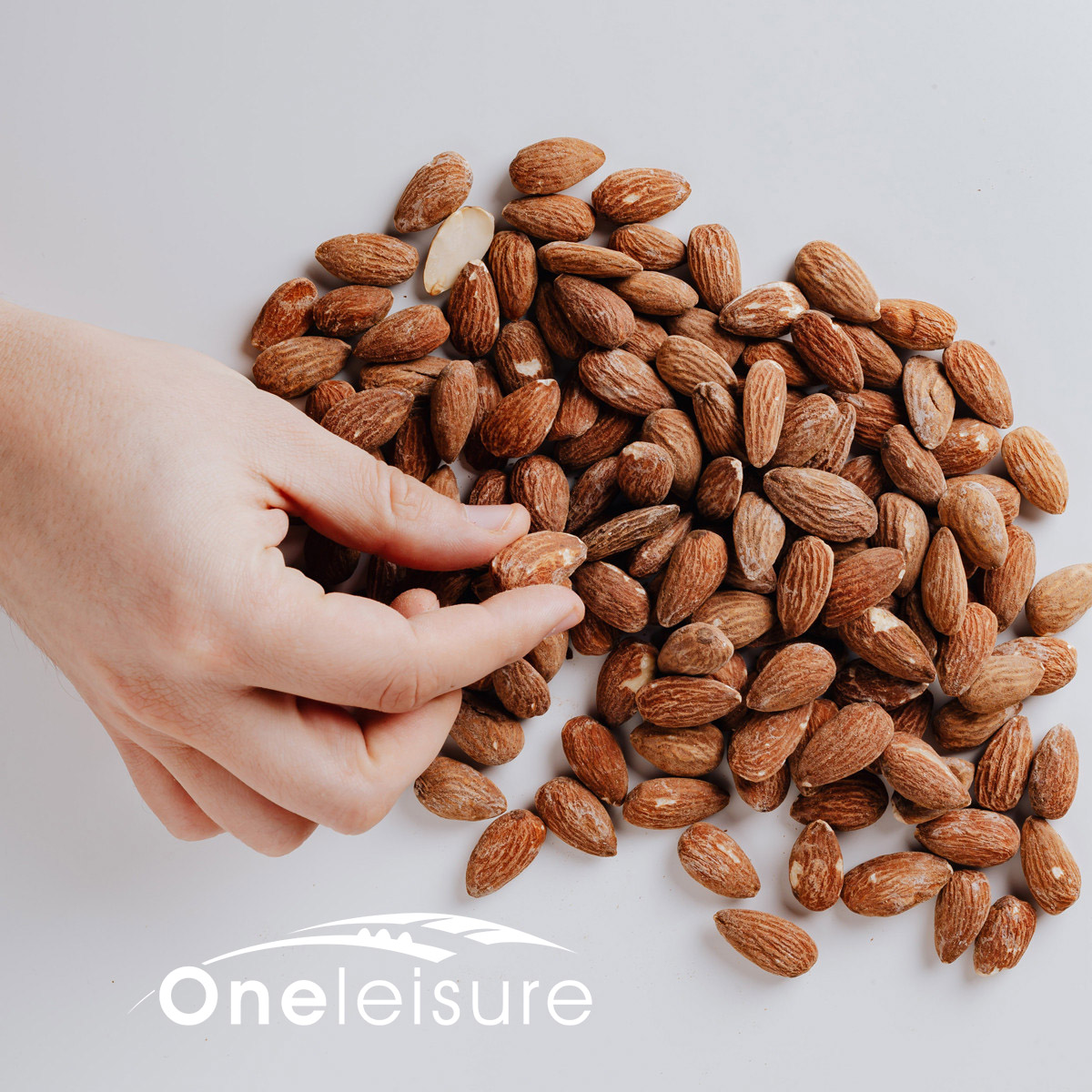
|
Good reasons to eat more protein Most of us eat enough protein to prevent a deficiency however we may benefit from replacing some carbohydrates or fats in our diet with protein as it plays so many important roles in the body.
It is important to note that although increasing our protein intake can have health benefits for many, it is not necessary for everyone. If, however, you need to lose weight, increase your metabolism, or wish to increase your muscle mass through strength training, it is essential that you are taking in adequate amounts of protein.
Current recommendations for a healthy adult are that roughly 10 - 35% of our total daily calorie consumption should come from protein. This varies depending on activity levels, overall daily calorie intake, and on an individual’s body mass. So while a balanced diet including adequate amounts of all macro and micronutrients is key, here are some examples of what 0.35 oz of protein may look like:
Try to spread your protein intake out throughout the day by including some protein with each main meal. This can be particularly challenging at breakfast and lunch times so try to plan meals accordingly. Here is a recipe for delicious homemade protein balls that are a simple and quick way to increase protein in your diet and can be enjoyed occasionally as a sweet treat: Chocolate protein balls (makes around 15 balls)
First, pop the nuts and seeds in a food processor to break them up. Then, add all the other ingredients and whizz them up. Finally, form into balls, roll in desiccated coconut if you wish, then chill in the fridge. |
|
Disclaimer: The content of this article is not intended to be a substitute for professional medical advice, diagnosis or treatment. Always seek the advice of your physician with any questions you may have regarding a medical condition. References available on request. |